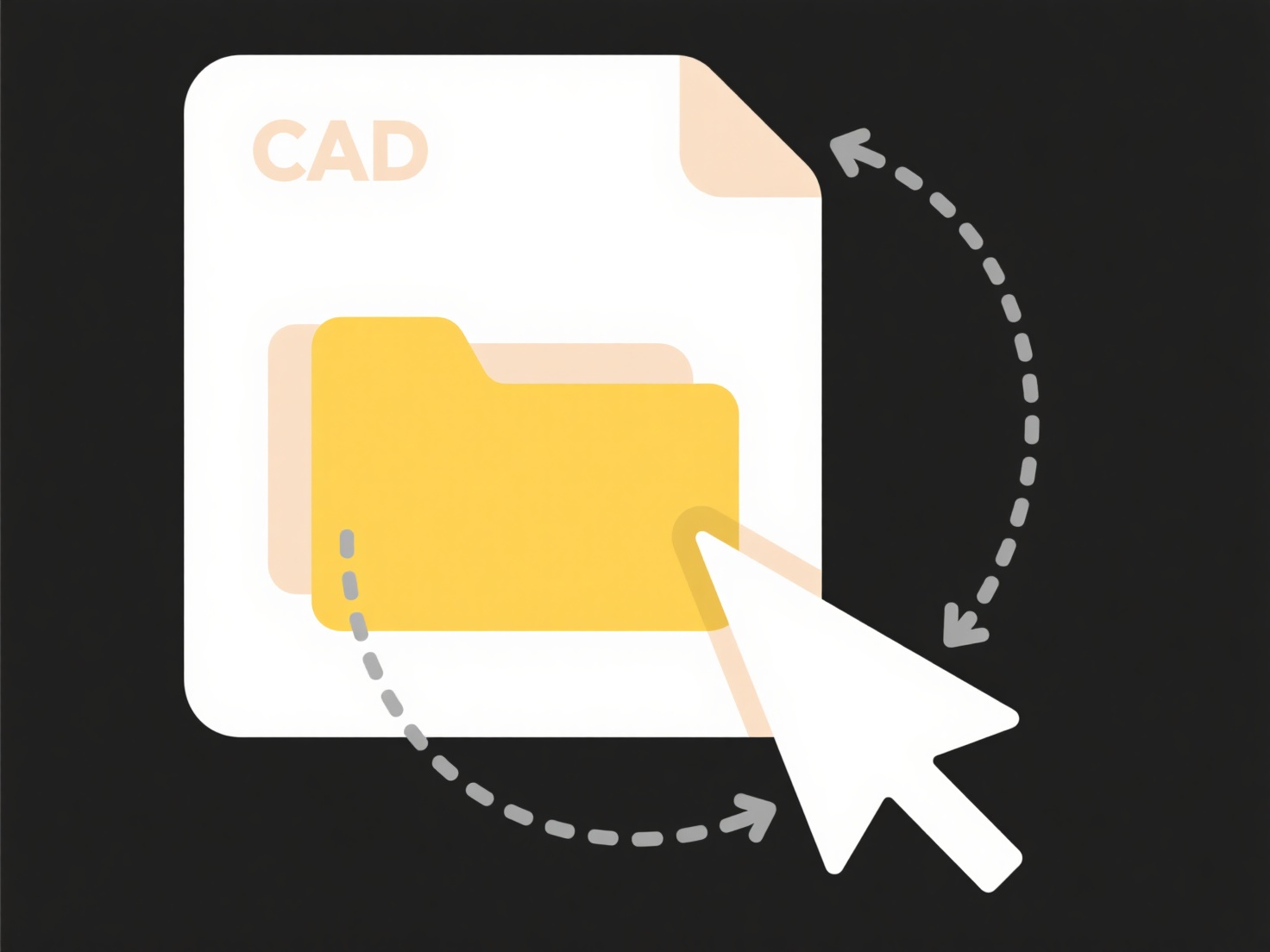
Exporting reports from a database involves extracting formatted query results or summarized data into a separate file outside the database system itself. The database executes your report query (often designed within a reporting tool or interface) and then converts the resulting dataset into a chosen file format suitable for sharing or offline analysis. This differs from simply viewing data on screen; it creates a portable, persistent copy for external use.
Common examples include generating a sales summary for the last quarter and saving it as an Excel (.xlsx) spreadsheet for financial analysis using tools like Tableau or Power BI. Customer support platforms also export filtered ticket lists, often as PDF documents or CSV files, for creating shareable records or offline archives.

This capability offers significant advantages like easy data sharing, archiving important findings, and enabling offline access for stakeholders. However, limitations can include potential formatting issues between the database view and the exported file (especially complex layouts), large exports impacting system performance, and requiring careful data security considerations when transferring sensitive information. Understanding available export formats (like CSV, Excel, PDF) and using the database's native reporting tools or SQL exports ensures reliable results.
How do I export reports from a database?
Exporting reports from a database involves extracting formatted query results or summarized data into a separate file outside the database system itself. The database executes your report query (often designed within a reporting tool or interface) and then converts the resulting dataset into a chosen file format suitable for sharing or offline analysis. This differs from simply viewing data on screen; it creates a portable, persistent copy for external use.
Common examples include generating a sales summary for the last quarter and saving it as an Excel (.xlsx) spreadsheet for financial analysis using tools like Tableau or Power BI. Customer support platforms also export filtered ticket lists, often as PDF documents or CSV files, for creating shareable records or offline archives.

This capability offers significant advantages like easy data sharing, archiving important findings, and enabling offline access for stakeholders. However, limitations can include potential formatting issues between the database view and the exported file (especially complex layouts), large exports impacting system performance, and requiring careful data security considerations when transferring sensitive information. Understanding available export formats (like CSV, Excel, PDF) and using the database's native reporting tools or SQL exports ensures reliable results.
Quick Article Links
Why does my cloud storage keep creating conflict copies?
Conflict copies occur when your cloud storage service (like Dropbox, OneDrive, or Google Drive) detects multiple incompa...
How can I standardize file extensions across a company?
Standardizing file extensions means establishing and enforcing consistent naming conventions for file types across an or...
How should I name files when submitting assignments or documents?
File naming creates unique identifiers for digital documents, helping organize and retrieve them efficiently. It differs...